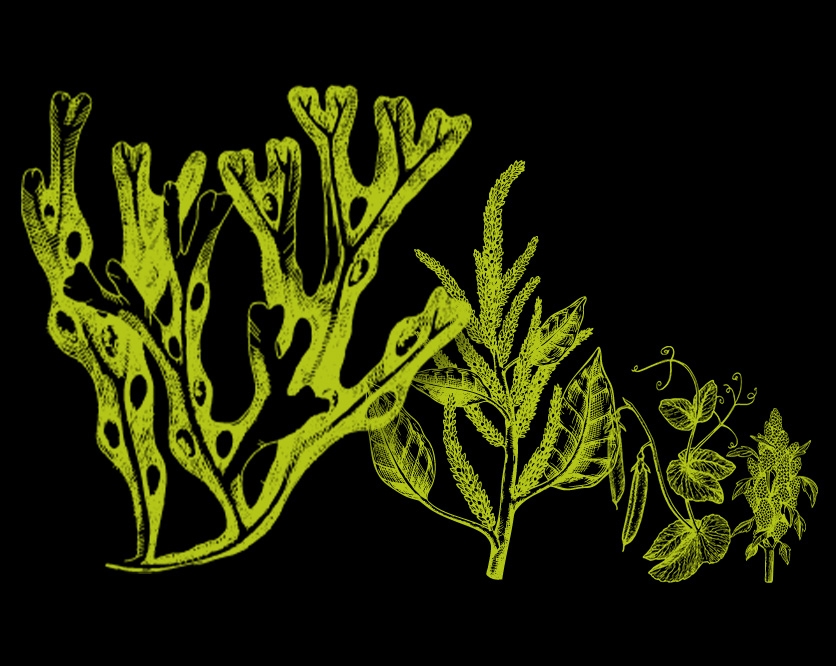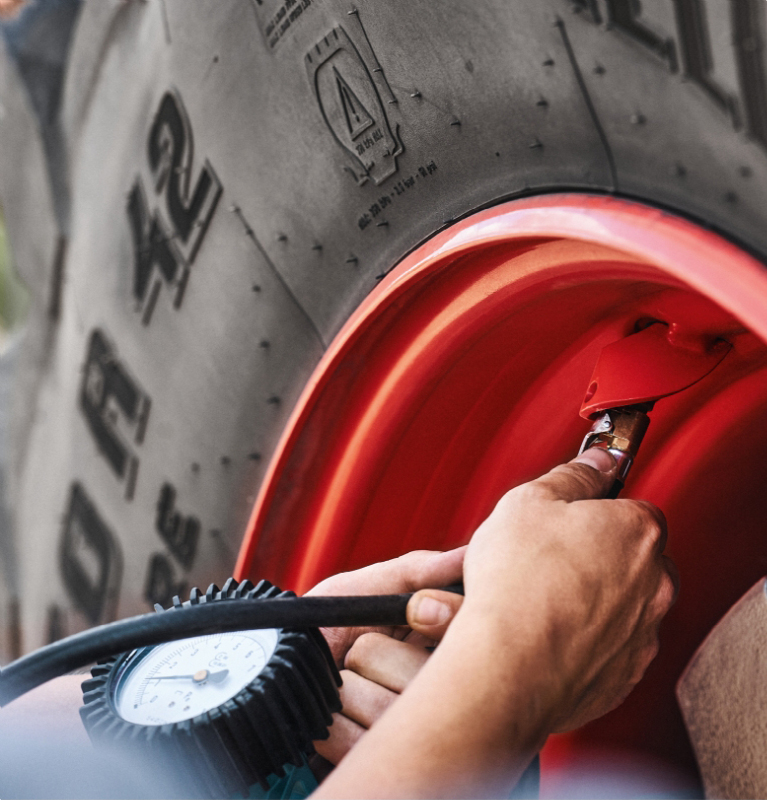
Future Crops
Four examples of new crops that are making waves.
Read more
Sustainable Tractor of the Year 2021”: The award-winning AXION 960 CEMOS provides valuable tips for sustainable results. Jan Wieckhorst, a project manager in research and development, explains the smart interaction between operator, tractor, and dialogue system.
Interview: Christian Otto

Learning, thinking, and saving: Are these the attributes of a sustainable tractor?
A smart tractor is able to adapt to current conditions. The CLAAS AXION 960 CEMOS optimizes its settings and achieves significant savings. It is becoming more and more sustainable thanks to the retrofittable CEMOS dialogue system – and that is precisely what makes it an award-winning tractor.
How exactly does CEMOS make agriculture more sustainable?
By combining expert knowledge with intelligence. The AXION machine is still the same. CEMOS enables all the relevant parameters to be optimally geared to efficiency and productivity. The dialogue system helps the operator do things in the right order, asks for the operator’s feedback, and records what it has learned. It takes into account effects that cannot be seen with the naked eye. Its user interface provides recommendations in the form of images and text. This creates a clever symbiosis between the dialogue system and the operator.
Which settings allow savings to be made?
As soon as the operator has determined the current conditions in which the tractor will be deployed, the system makes specific suggestions – about heavy tillage, for example. Along with the basic engine and gear settings, the main factors here are tire pressure and power transmission between the tractor and the attachment. CEMOS optimizes these factors, balances them with each other, and performs the fine-tuning. The CTIC tire pressure control system from CLAAS is also there to help. It implements system recommendations without the operator having to leave the cab and change the tire pressure when the vehicle is stationary.


What does the tire pressure control system improve?
Keeping tire pressure as low as possible is good for soil. It prevents deformation and compaction, which trap pores and inhibit the exchange of substances. Tire pressure also affects the degree of traction. The lower the roll resistance and drive slip, the more fuel is saved and the more emissions are avoided. CEMOS helps the operator find the ideal point up to which the tire pressure should be reduced. Healthy soil, less fuel consumption – and therefore lower emissions – are sustainable advantages.
What knowledge has gone into the current CEMOS?
The idea of assisting the operator with complex procedures was developed for work with combine harvesters. CLAAS has updated an established expert system, and the combination of the tractor and attachment now benefits from the basic knowledge of that system. The research for this began at CLAAS with initial workshops in 2015. Compared with a combine harvester, the tractor can be used for more processes and is multifunctional. The potential for optimization is equally broad.
Customers were also involved in the research and development of CEMOS. How did that work?
Our experts develop solutions for specific needs. We ask customers to suggest improvements, regardless of the technical solution. The machine we developed has been tested by customers with 27 machines in six countries. This actually resulted in some modifications. I am very proud of this kind of team work.

Dr.-Ing. Jan Wieckhorst
Program Manager Electronic Tractor Optimization
Jan Wieckhorst likes challenges. The 40-year-old is part of the CLAAS research and development team. He knows what makes tractors sustainable thanks to eleven years of research at CLAAS and his role as a shareholder in an agricultural business in Lüneburg.